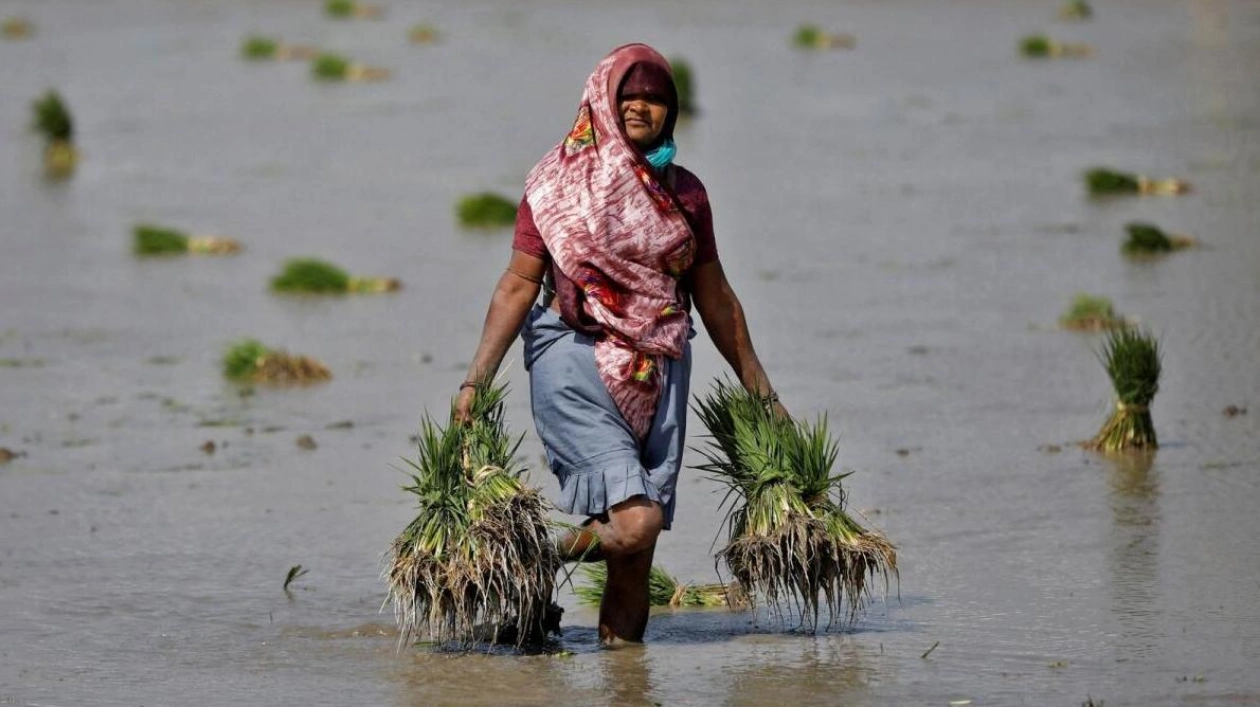Indian farmers have stepped up the cultivation of summer-sown crops like paddy, soybean, cotton, and corn, spurred by above-average monsoon rainfall in July, which followed a shortfall in June, according to government data.
Summer rains, vital for economic growth in Asia's third-largest economy, typically start in the south around June 1 and spread across the country by July 8, enabling farmers to plant summer crops. However, India received 11% less rain than average in June, as the monsoon weakened in mid-June and delayed planting. In the first half of July, there was 9% more rainfall than usual, which helped farmers plant summer crops on 57.5 million hectares by July 12, a 10% increase from last year, according to the Ministry of Agriculture & Farmers' Welfare.
The monsoon, the lifeblood of India's nearly $3.5 trillion economy, provides nearly 70% of the rain needed for farming and refilling reservoirs and aquifers. Without irrigation, almost half of the farmland in the world's second-largest producer of rice, wheat, and sugar relies on annual rains. "The revival of the monsoon will benefit summer crop planting and early-sown crops from June. Overall, the monsoon's revival in early July is favorable for crops and yields," said Ashwini Bansod, vice-president of commodities research at Phillip Capital India Pvt. Ltd.
Farmers have planted 11.6 million hectares with paddy, a 20.7% increase from the same period last year, driven by record high prices. Higher rice planting could ease supply concerns in the world's second-largest producer and consumer of the grain. The world's largest exporter of rice surprised buyers last year by banning the export of widely consumed non-basmati white rice, following a ban on broken rice. Higher rice procurement by government agencies from last season's crop and expansion in paddy area could enable the government to relax restrictions on rice exports in October, said a New Delhi-based dealer with a global trade house.
Farmers have planted 14 million hectares with oilseeds, including soybeans, compared to 11.5 million hectares a year earlier. Corn was planted on 5.88 million hectares, up from 4.38 million hectares a year earlier. The cotton area was slightly higher at 9.6 million hectares, while pulses planting increased by 26% from a year ago to 6.23 million hectares. The farm ministry continues to update the provisional sowing figures as it collects more information from state governments.






